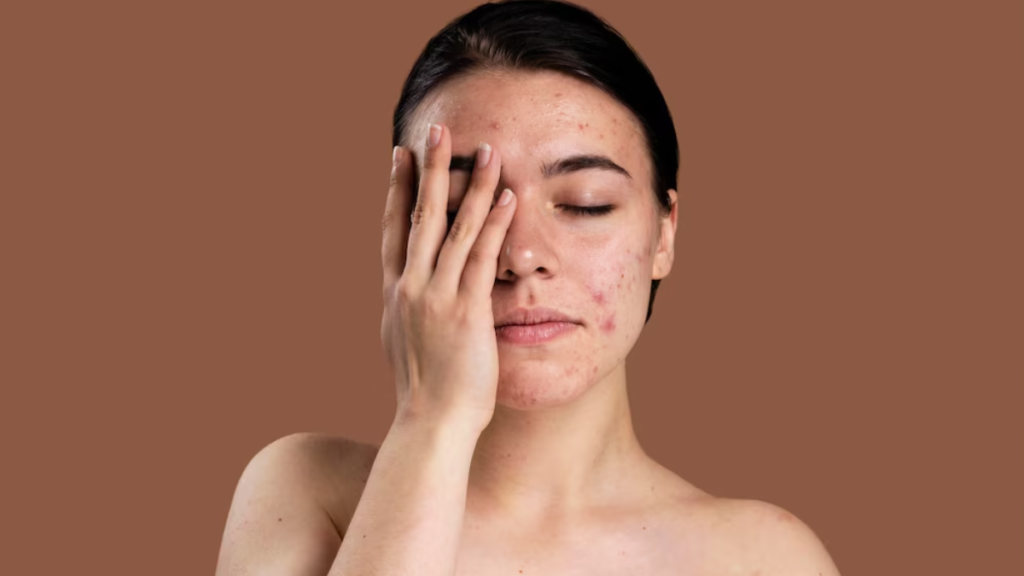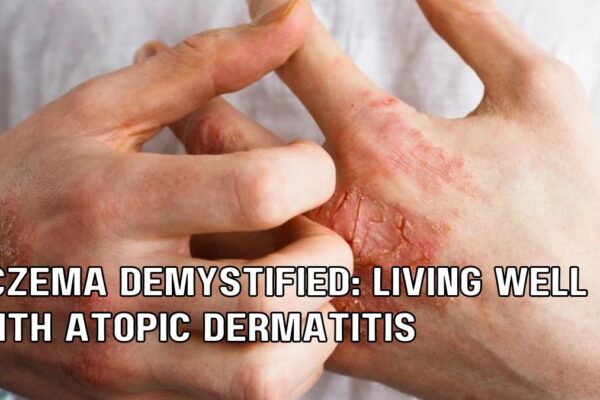Introduction:
Our skin is not only the largest organ in our body but also the most visible one. It serves as a protective barrier against external threats, regulates body temperature, and plays a crucial role in sensation. However, despite its resilience, our skin is susceptible to various problems that can affect its health and appearance. In this blog, we’ll delve into some of the most common skin problems encountered by people worldwide, exploring their causes, symptoms, and potential treatments.
Acne:

Acne is perhaps one of the most prevalent skin problems, affecting individuals of all ages but predominantly teenagers. It occurs when hair follicles become clogged with oil and dead skin cells, leading to the formation of pimples, blackheads, and whiteheads. Hormonal changes, genetics, and certain medications can contribute to acne development. While it can be distressing, various treatment options, including topical creams, oral medications, and lifestyle changes, can help manage acne effectively.
Eczema:

Eczema, also known as atopic dermatitis, is a chronic skin condition characterized by inflamed, itchy, and red patches on the skin. It often begins in infancy and may persist into adulthood. While the exact cause of eczema is unknown, it is believed to result from a combination of genetic and environmental factors. Managing eczema involves identifying and avoiding triggers such as certain fabrics, harsh soaps, and stress. Additionally, moisturizers, topical corticosteroids, and antihistamines may be prescribed to alleviate symptoms and reduce flare-ups.
Psoriasis:

Psoriasis is a chronic autoimmune condition that causes the rapid buildup of skin cells, leading to thick, red patches covered with silvery scales. It can occur anywhere on the body but commonly affects the scalp, elbows, knees, and lower back. While the precise cause of psoriasis remains unclear, genetics, immune system dysfunction, and environmental factors are thought to play a role. Treatment options for psoriasis include topical medications, phototherapy, oral medications, and biologic drugs, aimed at reducing inflammation and slowing down cell turnover.
Rosacea:

Rosacea is a common chronic skin condition characterized by facial redness, visible blood vessels, and often, small, red bumps resembling acne. It typically affects adults between the ages of 30 and 50, particularly those with fair skin. While the exact cause of rosacea is unknown, factors such as genetics, abnormal facial blood vessels, and inflammatory reactions may contribute to its development. Management strategies for rosacea include avoiding triggers such as spicy foods, alcohol, and extreme temperatures, as well as using gentle skincare products and prescribed medications like topical creams and oral antibiotics.
Sun Damage:

Excessive sun exposure can lead to various skin problems, including sunburn, premature aging, and an increased risk of skin cancer. UV radiation from the sun damages the skin’s DNA, causing it to lose elasticity, develop wrinkles, and become discolored. Protecting the skin from the sun by wearing sunscreen with a high SPF, seeking shade, and wearing protective clothing is essential in preventing sun damage. Additionally, regular skin checks and early detection of any suspicious moles or changes in the skin are crucial for reducing the risk of skin cancer.
Conclusion:
Our skin is a remarkable organ that requires proper care and attention to maintain its health and vitality. While various skin problems can arise, understanding their causes and seeking appropriate treatment can help manage symptoms effectively. Whether it’s acne, eczema, psoriasis, rosacea, or sun damage, consulting a dermatologist for personalized advice and treatment options is essential in achieving healthy and radiant skin. By adopting a holistic approach to skincare and making informed choices, we can nurture our skin and promote overall well-being for years to come.














